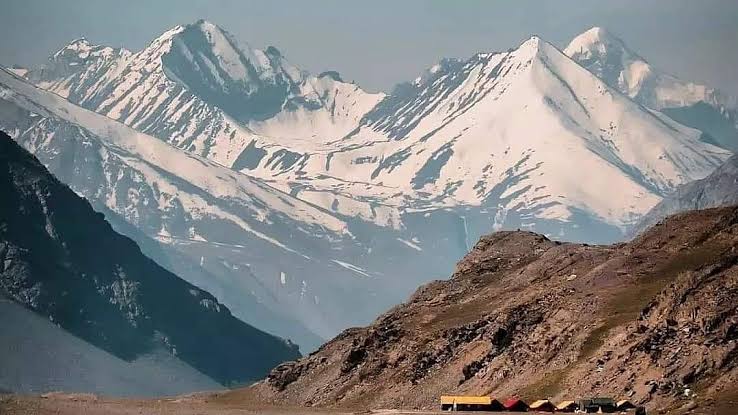Himachal Pradesh’s breathtaking Spiti Valley, nestled in the Lahaul-Spiti district, has achieved a historic milestone by becoming India’s first Cold Desert Biosphere Reserve under UNESCO’s Man and the Biosphere (MAB) programme. The announcement was made during the 37th International Coordinating Council (MAB-ICC) meeting held in Hangzhou, China, marking a moment of pride for India’s conservation efforts. With this addition, India now boasts 13 biosphere reserves within UNESCO’s global network, reaffirming its commitment to preserving fragile mountain ecosystems.
The declaration underscores Himachal Pradesh’s ongoing dedication to sustainable development while protecting its natural and cultural heritage. The Chief Minister stated that the government remains focused on balancing development with ecological preservation, especially amid growing climate change challenges. The move highlights the region’s aim to maintain harmony between human livelihood and nature’s equilibrium, protecting both biodiversity and traditional lifestyles.
A cold desert biosphere reserve refers to a high-altitude region characterised by low temperatures, minimal rainfall, and unique ecosystems adapted to extreme conditions. These reserves, though appearing barren, are home to rare flora and fauna capable of surviving limited oxygen and cold climates. Under UNESCO’s MAB programme, such regions function as “living laboratories,” promoting scientific research, conservation, and sustainable tourism while preserving local traditions and indigenous knowledge systems.
Despite its harsh climate, Spiti sustains rich biodiversity, housing 655 herb species, 41 shrubs, and 17 tree species, including 14 endemic and 47 medicinal plants used in the Sowa Rigpa and Amchi healing traditions. Wildlife thrives here too, with 17 mammal and 119 bird species, including snow leopards, Tibetan wolves, red foxes, and golden eagles. The region’s abundant blue sheep population supports the food chain for large carnivores, maintaining ecological balance.
Experts believe UNESCO’s recognition will give a major boost to eco-tourism, research, and global conservation. According to Amitabh Gautam, Principal Chief Conservator of Forests (Wildlife), the status places Himachal Pradesh’s cold desert firmly on the world map, inviting scientists, researchers, and eco-travelers while fostering local livelihoods and environmental awareness among communities.
The achievement aligns with India’s broader goals under the National Mission on Himalayan Studies (NMHS) and the UN Sustainable Development Goals (SDGs). It promotes biodiversity conservation, climate resilience, and community-led stewardship of mountain ecosystems. The success of Spiti Valley’s recognition showcases India’s leadership in integrating scientific innovation, traditional knowledge, and sustainable tourism to preserve its natural treasures for future generations.


